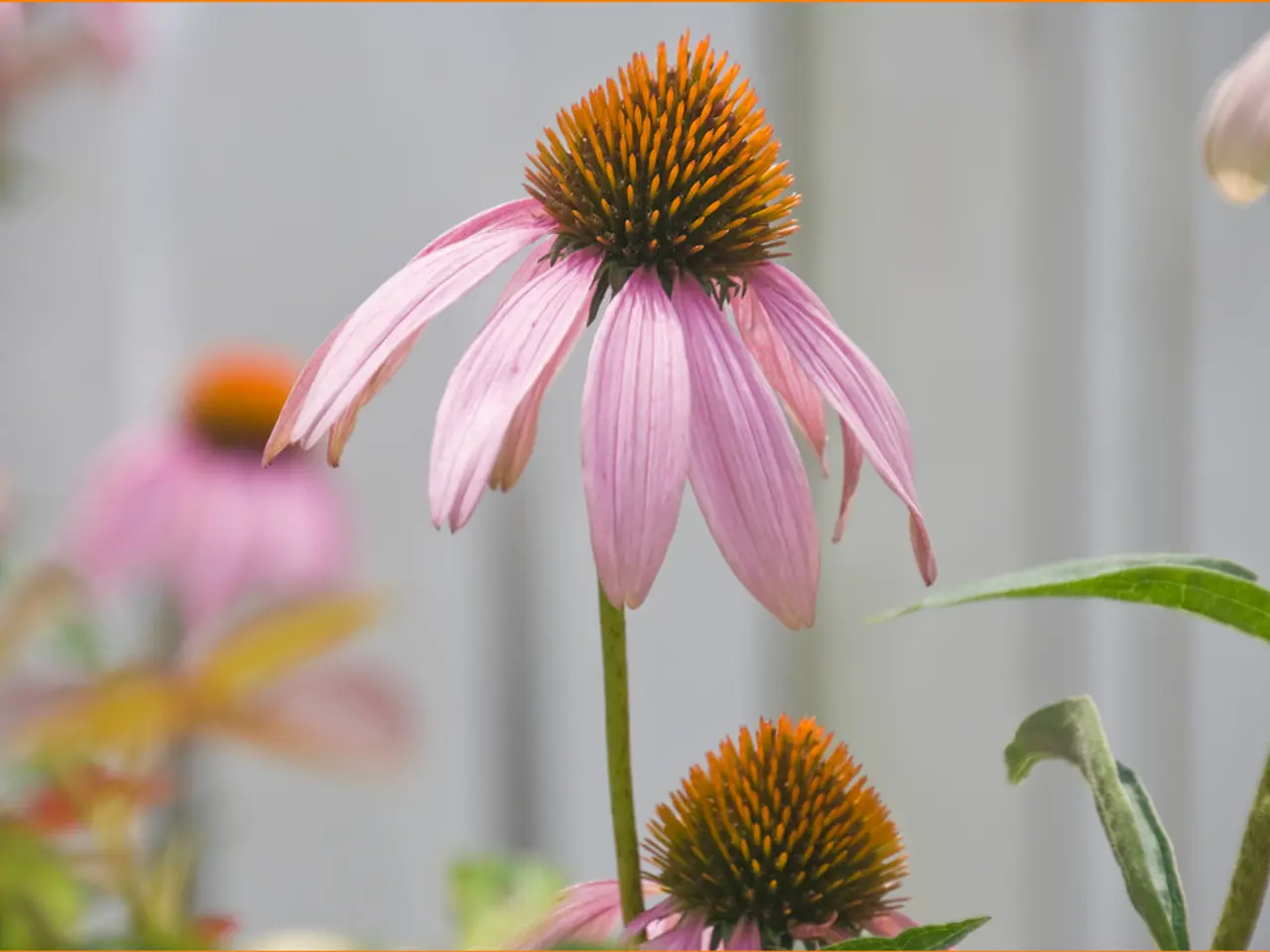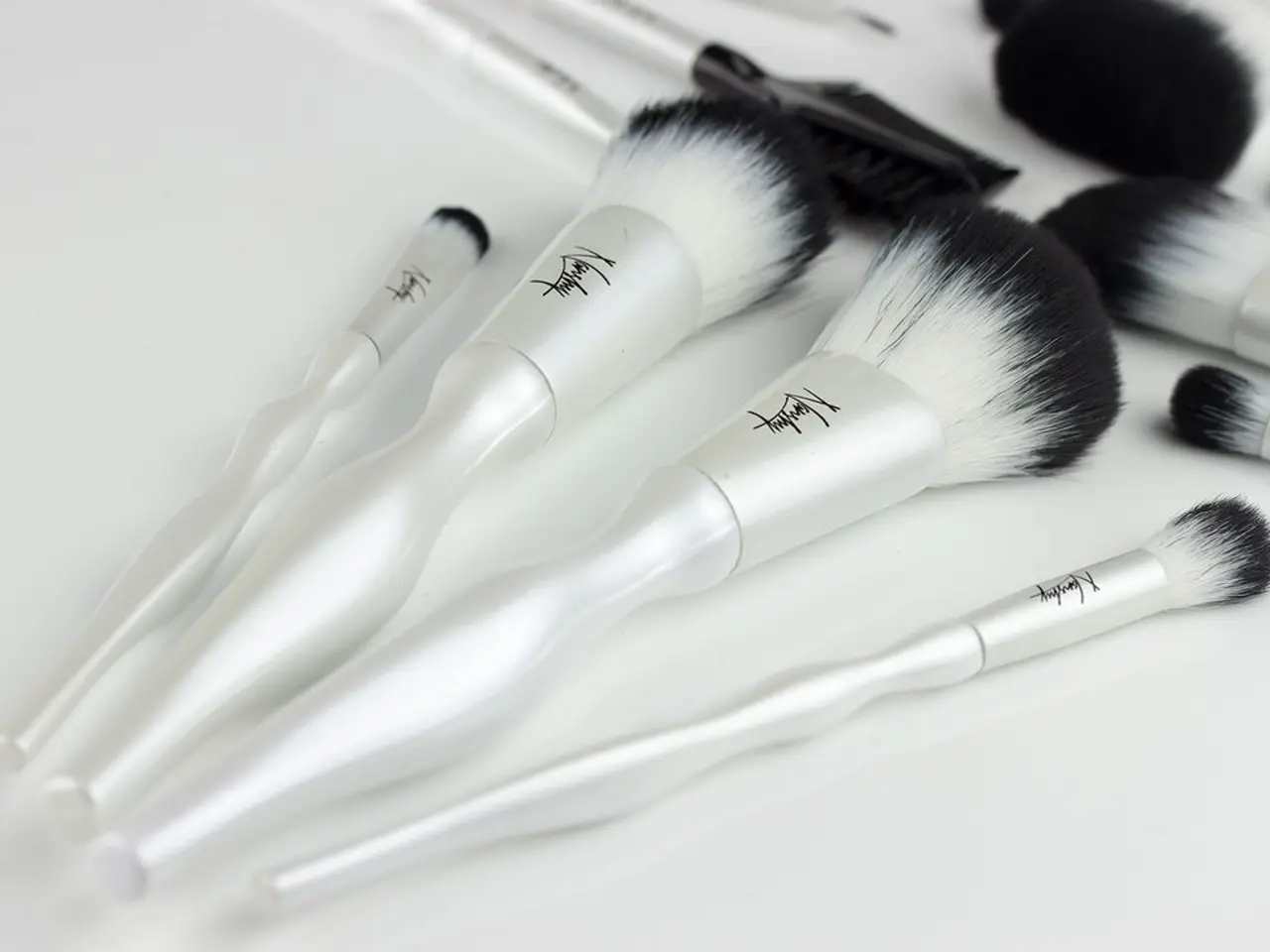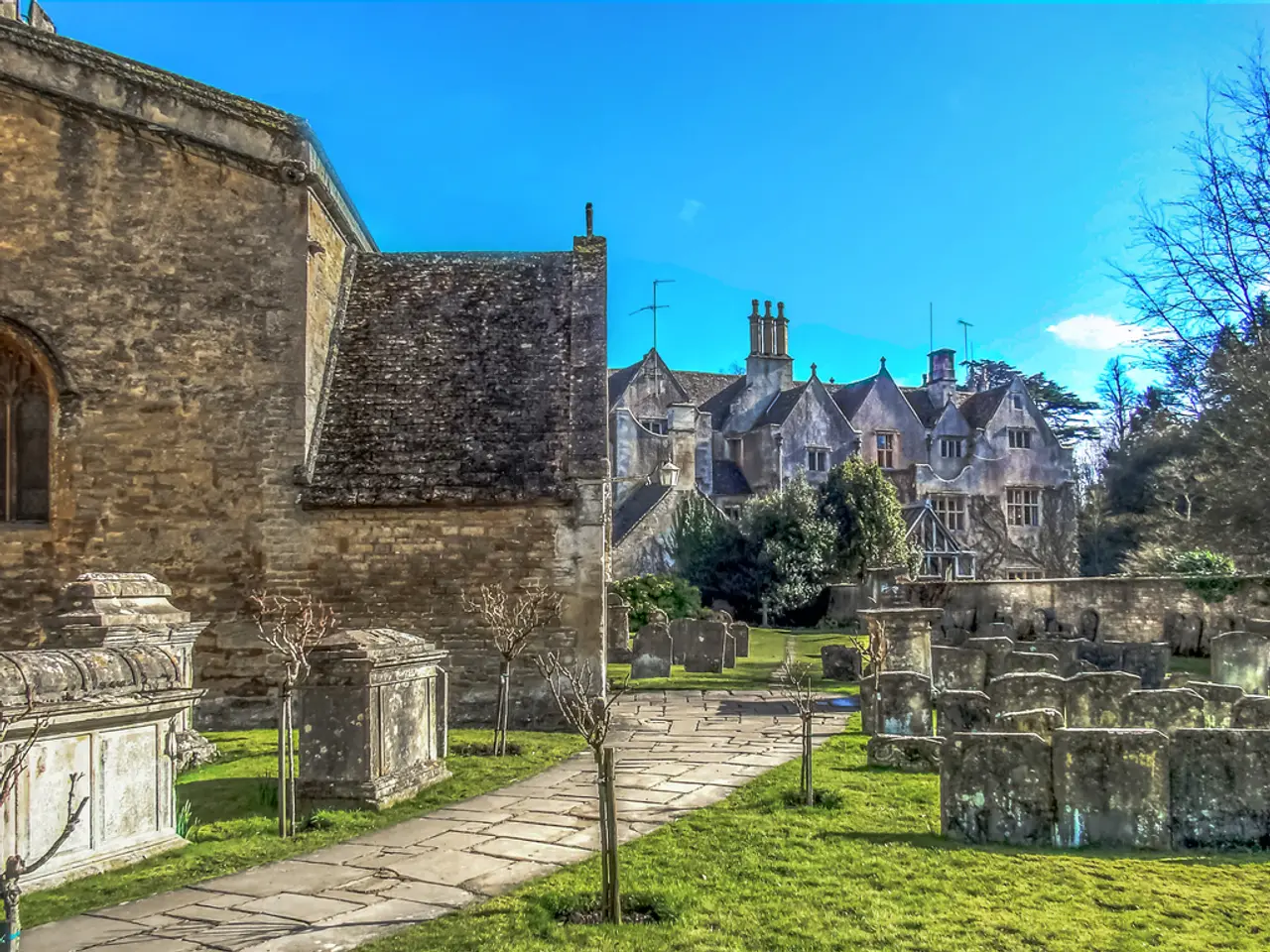Decoding the Secret Messages in Blooms: Understanding the Hidden Meanings of Your Valentine's Day Bouquet
=============================================================================
In the world of horticulture, the cut flower and ornamental plant market in the UK reached a staggering £2.2 billion in 2021 [1]. But, delve deeper into the history of these blooms, and you'll find a captivating tale of hidden meanings and coded messages that have intrigued generations.
This centuries-old practice, known as floriography, can be traced back to ancient civilizations like the Greeks and Romans, who attributed symbolic meanings to flowers. The lily, for instance, was linked to goddesses Hera and Juno and symbolised immortality [2]. These symbolic uses were further embedded into myths, legends, and spiritual practices, where flowers personified emotions or moral lessons.
As time progressed, especially during the Victorian era in the 19th century, floriography became an elaborate system where specific flowers conveyed secret messages. Daisies, for example, symbolised innocence, while sunflowers had particular meanings [3]. This intricate language allowed people to communicate emotions and messages subtly with specific blooms.
Early floral symbolism likely arose from human observation of nature’s cycles and the unique characteristics of flowers, which inspired associations tied to survival, seasons, and cultural stories. The Romans also contributed to the development of flower symbolism, which later influenced birth month flowers and other cultural uses of floral meanings.
In Britain, popular flower dictionaries included Flower Lore by Miss Carruthers and The Language of Flowers by Kate Greenaway. A chap would give his beloved a posy or tussie-mussie, a carefully chosen selection of flowers and herbs, to convey a specific message. A mix of geraniums, for instance, relayed an anxious enquiry as to whether the recipient was going to attend the next dance [4].
Roses, poppies, and lilies could convey a wide range of emotions based on the color selected. Bluebells were associated with kindness, peonies with bashfulness, rosemary with remembrance, and tulips with passion [5]. However, beware delphiniums, they convey the sense of haughtiness, and hydrangea, heartlessness, and basil with its association with hate.
The hidden messages conveyed by flowers were consolidated into encyclopaedic form in the 19th century. One of the earliest flower dictionaries, Le langage des Fleurs, was compiled by Madame Charlotte de la Tour in 1819. The slogan "say it with flowers" was never copyrighted and was widely used, serving as a nod to the lost world of floriography.
In the early 20th century, a solution to the problem of long-distance flower delivery was introduced through the Florists' Delivery Association (FDA), allowing for flowers to be ordered in one town and delivered across the country [6]. The FDA was founded by fifteen American florists and later expanded to include florists in other countries, such as Glaswegian Joe Dobson and Carl Englemann from Saffron Walden in Britain.
The network of florists using telegraphs eventually morphed into what is now known as Interflora. In the UK, the majority of the blooms in the market are imported, mainly from the Netherlands. Between 1828 and 1923, over 98 different flower dictionaries were published in the United States [7].
The story of floriography is a fascinating exploration of human ingenuity, cultural evolution, and the power of symbolism. From courtship codes during the 19th century to the intricate language of flowers during the Victorian era, it's a testament to the enduring allure of flowers and their hidden meanings.
In the realm of lifestyle, flower dictionaries such as Miss Carruthers' "Flower Lore" and Kate Greenaway's "The Language of Flowers" played significant roles during the Victorian era, as they enabled individuals to conveying specific messages using various flowers and herbs, contributing to a unique method of fashion-and-beauty expression. Furthermore, home-and-garden enthusiasts in Britain often found themselves engrossed in deciphering the hidden meanings of blooms, creating an intricate language that resonated with the symbolic representation of flowers within their homes and gardens.




